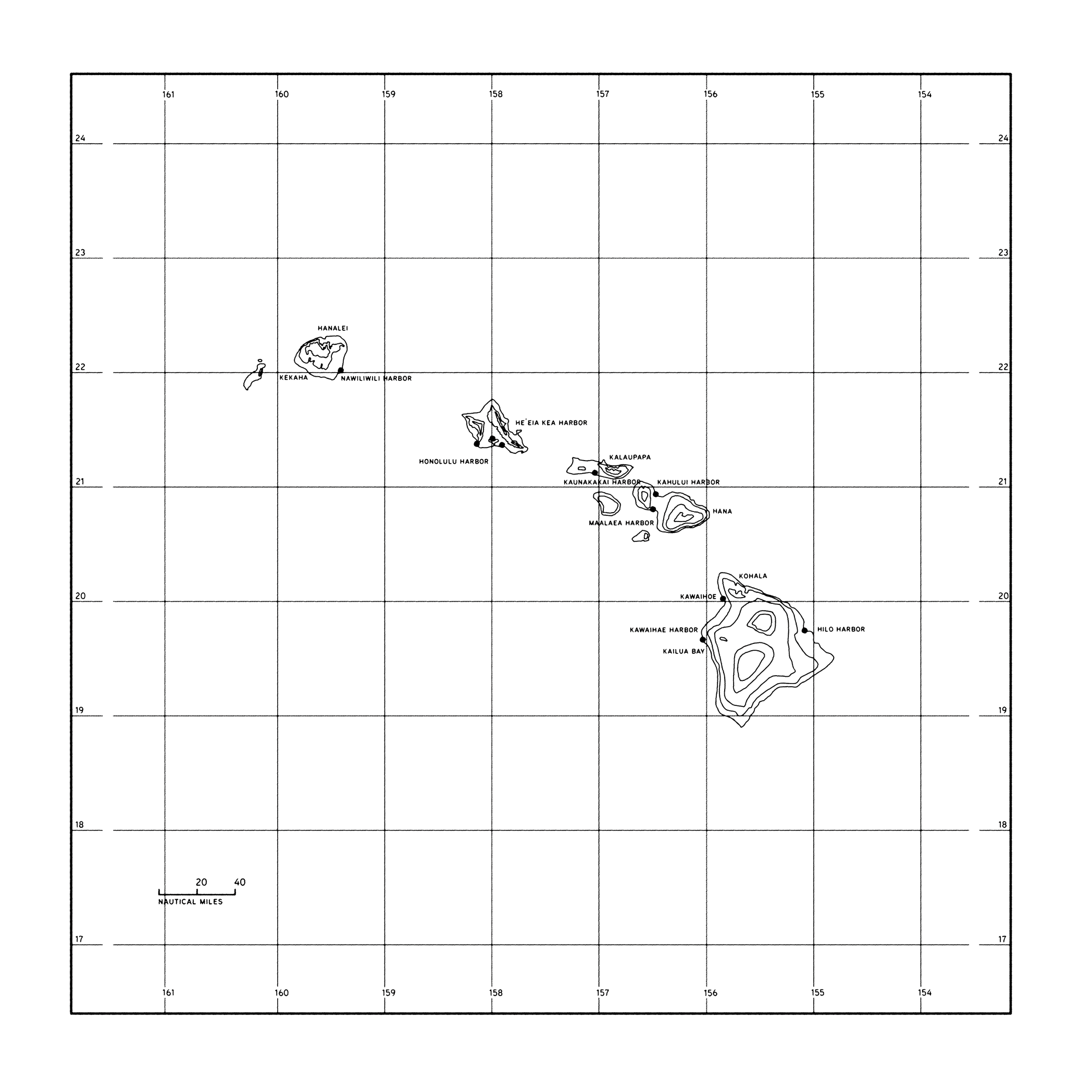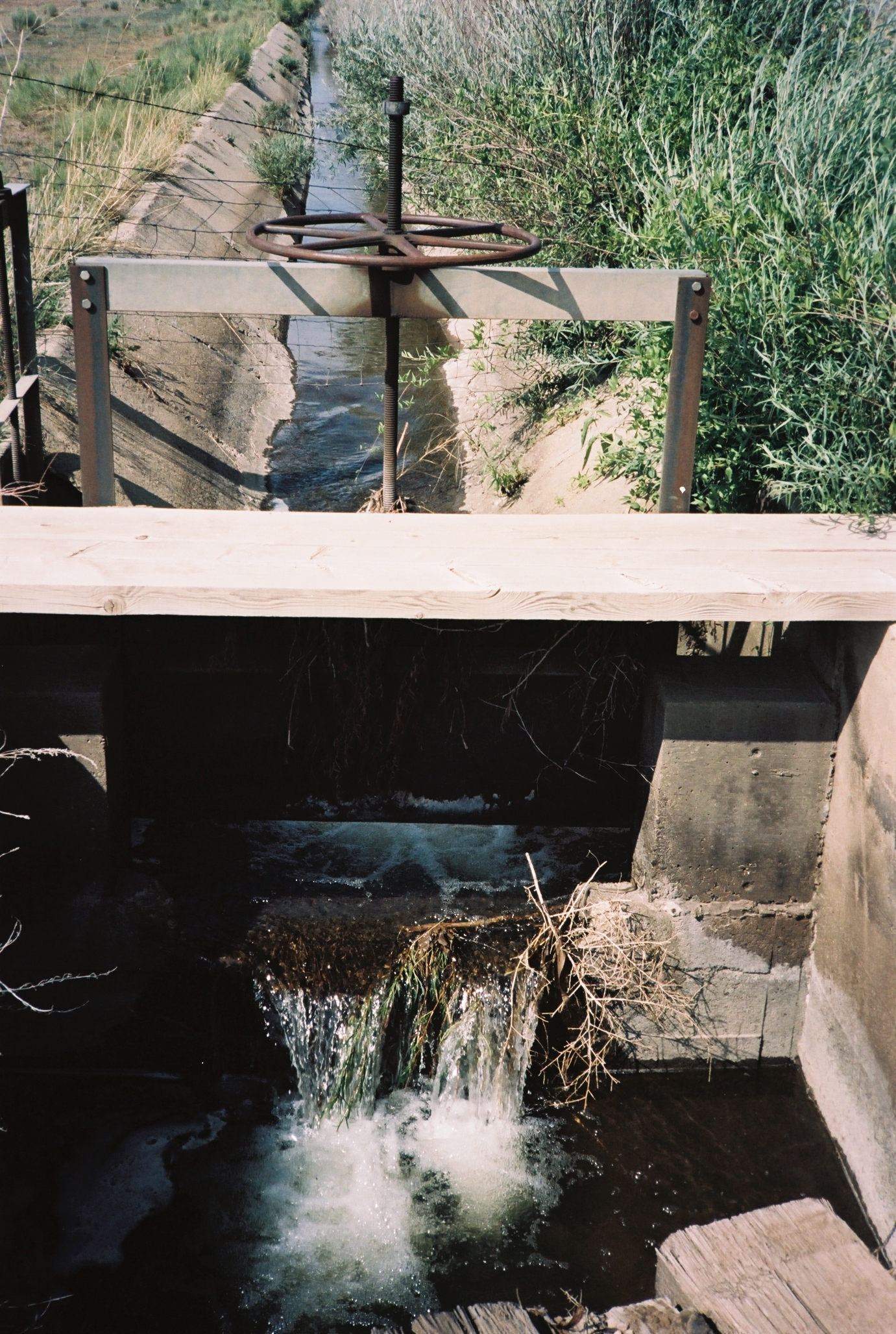journal
—
Exploring matters on landscape design, practice, and traditions in the contemporary world.

An assessment of vessel traffic patterns in the Southeastern Hawaiian Islands —
March 1 - 10, 2022; 12:00pm time stamp
Each day, Freight vessels (red), Commercial bottomfishing vessels (grey), and Oil tankers (black), arrive to commercial goods harbors in Honolulu, O’ahu. Cargo is then transported by tug and barge (green) to the outer islands of Kaua’i, Maui, Moloka’i, Lānaʻi, and Hawai’i.
In Hawaii, local agricultural production contributes merely 13% to the total consumable food supply, which amounts to approximately 1.14 million tonnes. The predominant share of Hawaii's food requirements, accounting for 81%, is imported from the continental United States. An additional 6% is sourced from international markets. Regarding domestic consumption, the Hawaiian market absorbs about 971 thousand tonnes, representing 85% of the total food supply available within the state. As for the distribution of locally produced food, 14% finds its way to the continental United States, while a marginal 1% is exported to other global destinations.
Each day, Freight vessels (red), Commercial bottomfishing vessels (grey), and Oil tankers (black), arrive to commercial goods harbors in Honolulu, O’ahu. Cargo is then transported by tug and barge (green) to the outer islands of Kaua’i, Maui, Moloka’i, Lānaʻi, and Hawai’i.
In Hawaii, local agricultural production contributes merely 13% to the total consumable food supply, which amounts to approximately 1.14 million tonnes. The predominant share of Hawaii's food requirements, accounting for 81%, is imported from the continental United States. An additional 6% is sourced from international markets. Regarding domestic consumption, the Hawaiian market absorbs about 971 thousand tonnes, representing 85% of the total food supply available within the state. As for the distribution of locally produced food, 14% finds its way to the continental United States, while a marginal 1% is exported to other global destinations.




Observations of water
2020 Taos Land Trust Design Research Fellow
At the most southern edge of San Luis Valley, just over the border into New Mexico, Daniel Mutchison, monitors his land and his crops according to the Costilla community acequia water schedule. Here he grows wheat and snap peas. Twice a day he floods his fields. Barley, alfalfa, clover, and other cattle fodders make up the majority share of the neighboring farms around his. Twice daily the neighbors flood their fields too. The association ditch, paralleling the property line from north to south and poured in concrete, delivers millions of gallons of snow melt water daily to Daniel’s crops and the crops of the other ‘parciantes’ or shareholders of the acequia community.
On the land kissed by a fiery sun, only a few exceptional lone cottonwoods stand to provide any sense of scale or magnitude for the epic nature of this dry landscape. Formed by eruptions, the long unbroken valley floor is interrupted only by the dusty carcasses of bygone volcanoes and the fields of lone farmers like Daniel. For centuries, small mostly Spanish farming communities have existed here, dependent on the water their acequias provide for any chance at life in the high desert.
I came to know Daniel and work on his farm in the Summer of 2020, as a design research fellow for The Taos Land Trust. That summer I gained insight from Daniel into the art of disassembling and reasssembling a tractor plough, the economics of farming in a region without processing facilities, and how someone in Daniels position, not local, has learned to work in accordance with community-managed water law.
This is an acequia system, a community-managed network of irrigation channels, designed to . The Costilla Creek diversion, featuring a system of dams and headgates known as ‘presas y compuertas’, directs the flow of Costilla Creek into two main Acequia Madres, or ‘Mother Ditches.’ Gravity carries water through the system before it’s eventually distributed into smaller, secondary canals, or sangrias. These lateral ditches, branching off perpendicularly from the main channels, ensure water reaches individual fields and parcels. Like fingers, these ditches spread out over the desert, causing the landscape to bloom wherever they touch.
Managed for centuries, they work in harmony with natural water cycle. They create beauty and habitat in the landscape where otherwise only sagebrush dominates.
The association ditch, the channel Daniel relies on, is one of a dozen other sangrias delivering water to farmers fields. They are responsible for the maintenance of the acequia through a cooperative labor system known as a "limpieza," where members clear the channels of debris, silt, and vegetation to ensure the efficient flow of water. (In Progress)
To learn more about acequias and the communities that care for them, I recommend reading: Mayordomo: Chronicle of an Acequia in Northern New Mexico by Stanley Crawford
2020 Taos Land Trust Design Research Fellow
At the most southern edge of San Luis Valley, just over the border into New Mexico, Daniel Mutchison, monitors his land and his crops according to the Costilla community acequia water schedule. Here he grows wheat and snap peas. Twice a day he floods his fields. Barley, alfalfa, clover, and other cattle fodders make up the majority share of the neighboring farms around his. Twice daily the neighbors flood their fields too. The association ditch, paralleling the property line from north to south and poured in concrete, delivers millions of gallons of snow melt water daily to Daniel’s crops and the crops of the other ‘parciantes’ or shareholders of the acequia community.
On the land kissed by a fiery sun, only a few exceptional lone cottonwoods stand to provide any sense of scale or magnitude for the epic nature of this dry landscape. Formed by eruptions, the long unbroken valley floor is interrupted only by the dusty carcasses of bygone volcanoes and the fields of lone farmers like Daniel. For centuries, small mostly Spanish farming communities have existed here, dependent on the water their acequias provide for any chance at life in the high desert.
I came to know Daniel and work on his farm in the Summer of 2020, as a design research fellow for The Taos Land Trust. That summer I gained insight from Daniel into the art of disassembling and reasssembling a tractor plough, the economics of farming in a region without processing facilities, and how someone in Daniels position, not local, has learned to work in accordance with community-managed water law.
This is an acequia system, a community-managed network of irrigation channels, designed to . The Costilla Creek diversion, featuring a system of dams and headgates known as ‘presas y compuertas’, directs the flow of Costilla Creek into two main Acequia Madres, or ‘Mother Ditches.’ Gravity carries water through the system before it’s eventually distributed into smaller, secondary canals, or sangrias. These lateral ditches, branching off perpendicularly from the main channels, ensure water reaches individual fields and parcels. Like fingers, these ditches spread out over the desert, causing the landscape to bloom wherever they touch.
Managed for centuries, they work in harmony with natural water cycle. They create beauty and habitat in the landscape where otherwise only sagebrush dominates.
The association ditch, the channel Daniel relies on, is one of a dozen other sangrias delivering water to farmers fields. They are responsible for the maintenance of the acequia through a cooperative labor system known as a "limpieza," where members clear the channels of debris, silt, and vegetation to ensure the efficient flow of water. (In Progress)
To learn more about acequias and the communities that care for them, I recommend reading: Mayordomo: Chronicle of an Acequia in Northern New Mexico by Stanley Crawford


